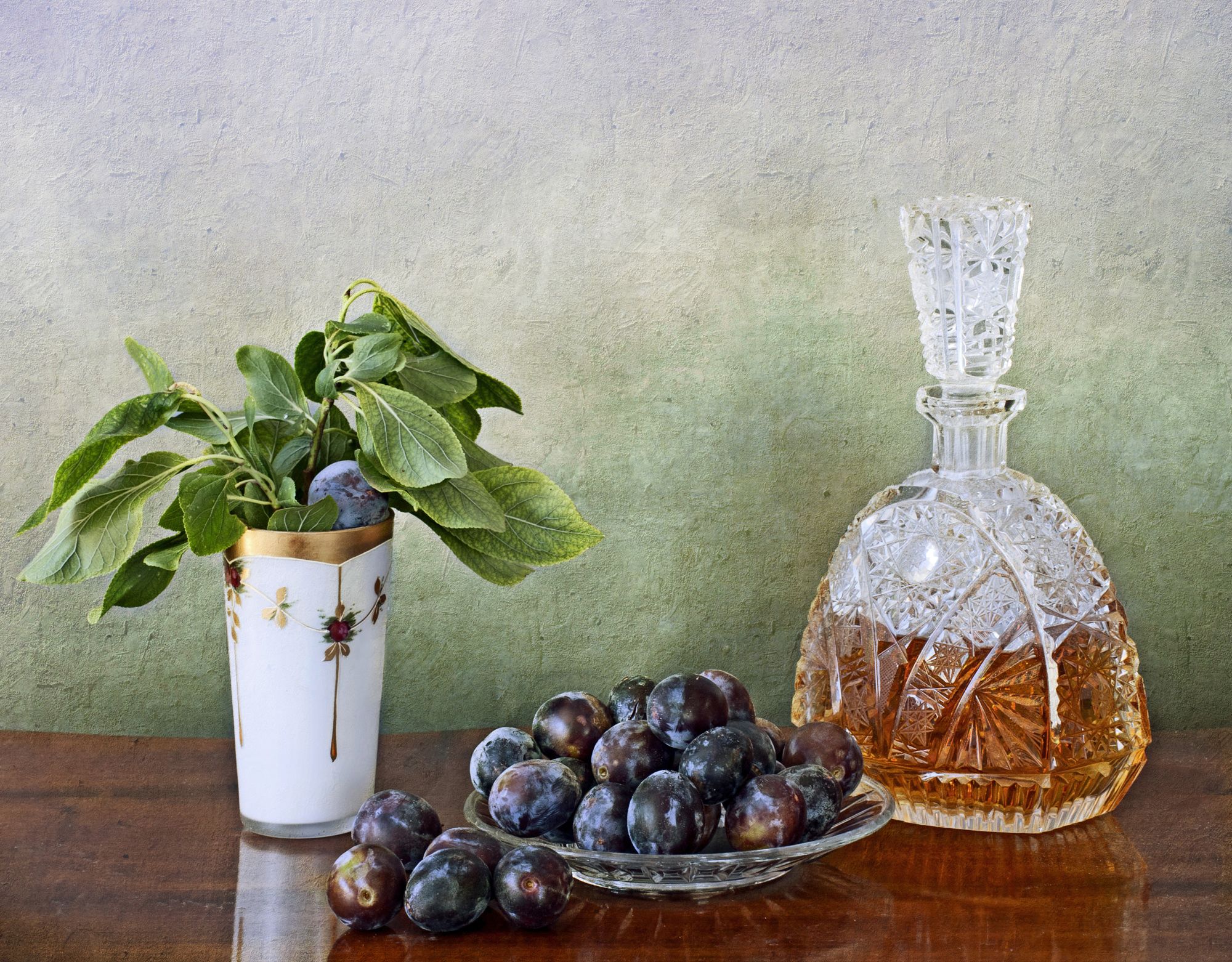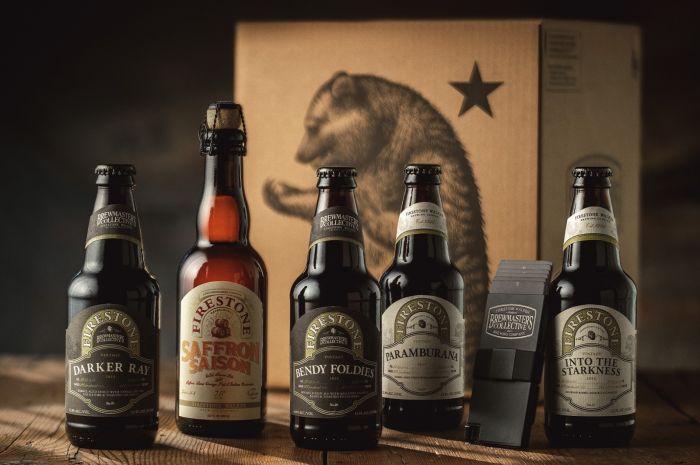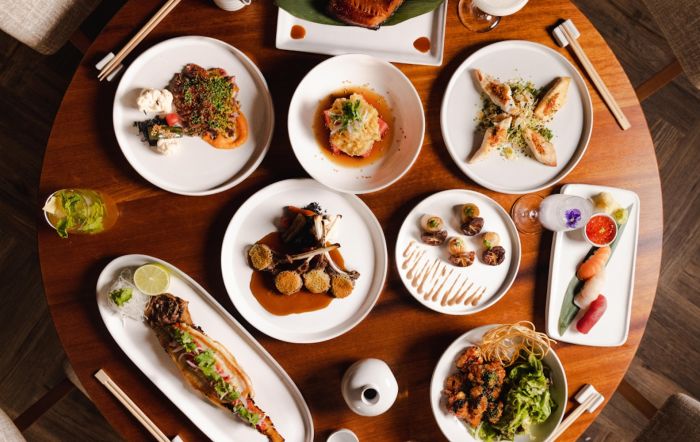
Every country has a drink they're known for, especially when it's something that has become synonymous with the country's name (like Guinness and Ireland, or sake and Japan). But there are some drinks out there that you may not be as aware of, like slivovitz or țuică (as well as a non-alcoholic communal beverage of Fiji). Some of these locals drink and some are more tourist-run, but they're all popular staples of the following 12 countries.

Haiti
Rhum Barbancourt
Considered to be one of the world's best rums, Rhum Barbancourt is one of Haiti's most famous exports, produced and bottled by Société du Rhum Barbancourt, T. Gardère & Cie.—one of the country's oldest companies. Made from fermenting fresh sugar cane juice, Barbancourt's spirits have won several awards and is known for being the best and is called the rum of connoisseurs.

Serbia
Slivovitz
Otherwise known as a plum brandy, slivovitz is made commercially and in the home. Though it's produced all over former Yugoslavia, it's often seen in Serbia (of which it is actually the national drink). Always offered for important life events—like weddings, funerals, births, baptisms, etcetera—slivovitz is given a lot of respect and is used in slava, the Serbian Orthodox patron saint celebration (just think Christmas for Serbs). It's also important to note that slivovitz is incredibly well known for its alcohol content, which is generally around 70 percent, but can be a lot higher when homemade.
So if you visit the area and make some friends, there's a good chance you may be sent home with a giant mineral water bottle full of the stuff—just take it from me and make sure it doesn't leak in your suitcase, because you'll smell like a bar.

Fiji
Kava (Yaqona)
Many consider kava (or yaqona, as it's known by the locals) to be Fiji's national drink and enjoy it on a regular basis; it's even offered to guests at several resorts. It's made using the root of a pepper plant, which is then ground into powder and mixed with water. Similar to wine, kava will taste differently according to region and though this isn't technically a spirit, it can give a high similar to being drunk. Many claim that the simple drink has hallucinogenic properties, but more often than not it will just make you a little sleepy—and may make your face feel numb.
Kava is a powerful symbol of community and is drunk as a sign of respect and trust in ceremonial gatherings, as well as casual settings on a daily basis. Considering the drink really is just powdered root and water, it looks and tastes not unlike dirty water (although it is not entirely unpleasant). But the drinking isn't about the taste, it's about forging bonds.

Belgium
Kriek
One of the country's most beloved drinks is Kriek, a Belgian beer. Made in breweries around Brussels using labmic beer that sour cherries are added to, some companies add sugar to make the beer more approachable to tourists.

Iceland
Brennivín
Brennivín roughly means burning wine and carries the nickname of Black Death, which is pretty ominous. Considered Iceland's signature drink, this gin-like liquor is an unsweetened schnapps that is made from potato mash and flavored with cumin, caraway, and angelica—as well as a bunch of herbs native to Iceland. Often bottled at 80 proof, it has a pretty distinct licorice taste and recognizable green bottle with a black label. If you're a pop culture junky, you may recognize it as the liquor Quentin Tarantino made Michael Madsen drink all throughout Kill Bill Vol. 2.

Thailand
Mekhong
Mekhong may be called a whisky, but it's actually closer to a rum. The drink is Thailand's first domestically branded and produced golden spirit, and has become one of the country's most popular choices. Made from 95 percent sugar cane/molasses and five percent rice, Mekhong is combined with herbs and spices to give it a unique flavor profile. With a pretty low alcohol content percentage of around 35, it makes a good mixing spirit and is typically used to welcome people.

Sri Lanka
Coconut Arrack
As Sri Lanka's signature and most popular drink, coconut arrack is not to be confused with Batavia arrack (which is popular in Indonesia), and is also different from arak and raki, found along the Mediterranean. Made using the nectar from coconut flowers that has been fermented, coconut arrack is distilled and aged in wood barrels before sold. Watch out for what you're buying though, because not all bottles are created equal, but the best ones will be comparable to fine rum.

Finland
Koskenkorva Viina
Koskenkorva Viina is produced with a 200-step distillation process, giving a potent alcohol that is diluted with water and sugar. As the most popular spirit in Finland, it is usually referred to as vodka in English. Though generally unflavored, the alcohol is found in many different variants, like vanilla, but this one is usually 40 to 60 percent proof instead of the average 38 percent. Best drunk when cold, you can drink it as a shot or mix it with coke, carbonated water, orange juice, energy drinks, or liquorice candy.

Dominican Republic
Mamajuana
Made by soaking tree bark and herbs in a bottle of rum, red wine, and honey, the deep red mamajuana apparently tastes a little like port wine. With origins as a herbal tea, the drink is said to be an aphrodisiac and has healing properties (from a flu remedy to having a positive impact on digestion, circulation, and a kidney and liver tonic)—as if people needed more of a reason to drink.

Romania
Țuică
Țuică is a popular Romanian spirit made only from plums and typically has 40 to 45 percent alcohol content (though it also refers to any alcoholic drink made from fruit). Fairly complicated to get right, țuică is traditionally prepared between October and early December when the climate is just right. Plums are fermented for six to eight weeks in barrels before being distilled and sometimes left to age for anywhere between six months and 10 years.

Costa Rica
Guaro
Though in many places guaro can refer to nearly any liquor, it's generally a sweet clear drink that is made from sugar cane and has a pretty low alcohol percentage, which is why it's thought of as a low-key vodka. Guaro is usually enjoyed as a shot or used as a mixer.

Hungary
Pálinka
This fruit brandy is protected as a geographical indication of the European Union and only fruit spirits made in Hungary (and four areas of Austria) can be called pálinka—this means that even the fruit used has to be grown in Hungary. The most common fruits utilized for the spirit are pears, plums, and apricots, though sometimes sour cherries, apples, mullberries, and quince are used as well.
To enjoy pálinka, you should serve it between 64 and 68 degrees Fahrenheit, because if too cold, you won't get the smell and taste of the fruits. The glass you drink it in also makes a big difference. You want one that is wide at the bottom and narrow at the rim, like a tulip, which allows the scent to be magnified from the neck.














